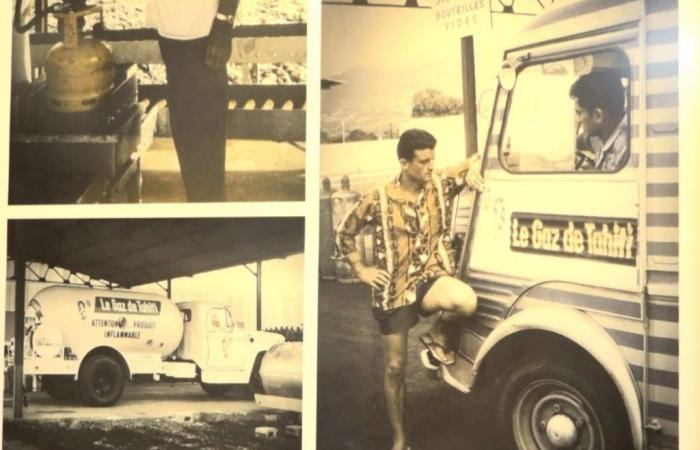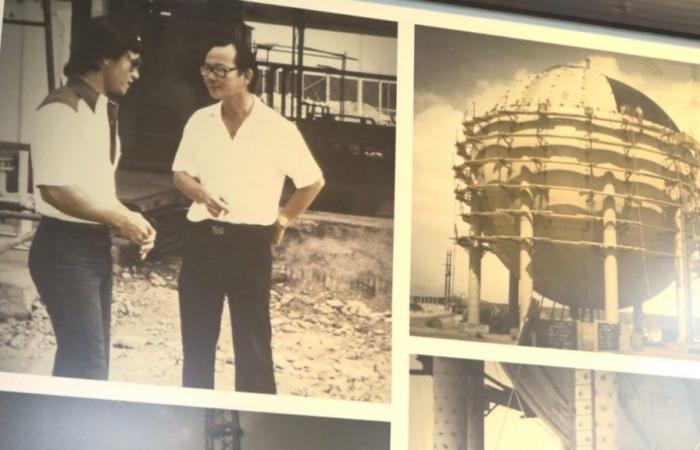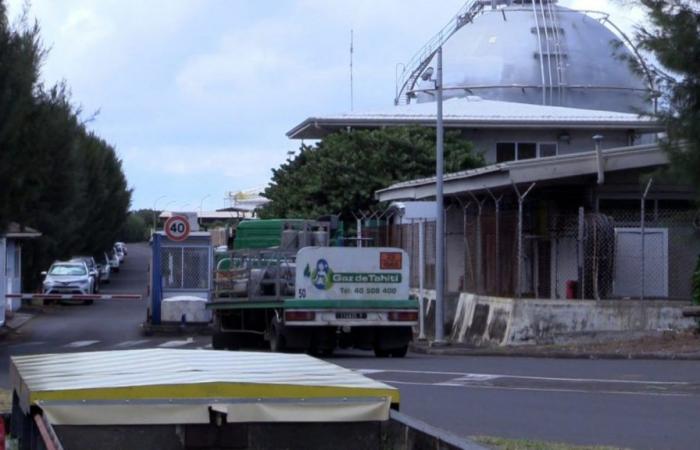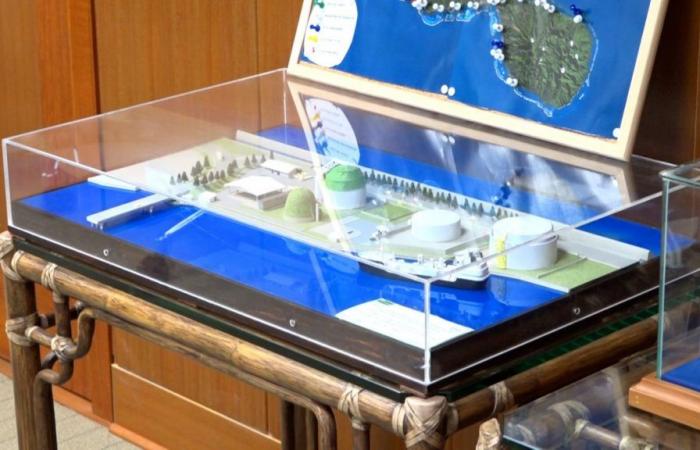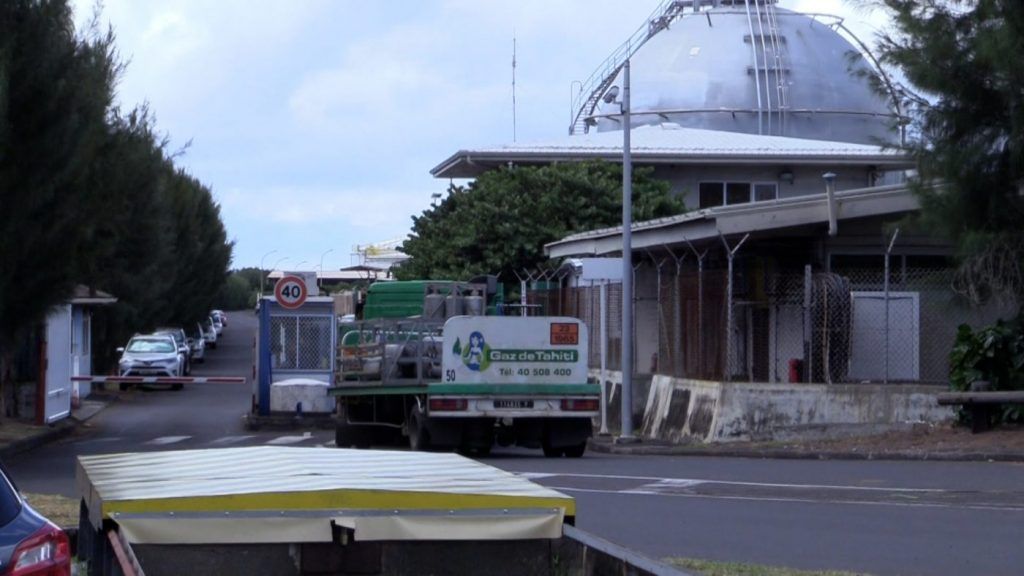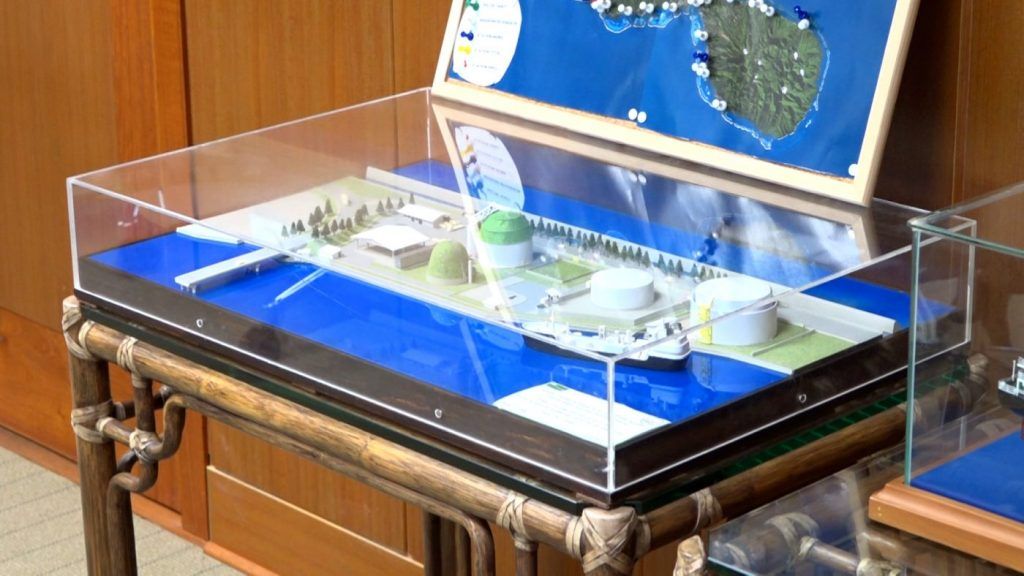It was on a mission in Papeete from another time, in 1936, that Laurent Le Bihan landed his seaplane. In Tahiti, the aviator notices that homes use oil almost exclusively as a source of energy, while the metropolis has jumped on the gas bottle bandwagon. After the Second World War, Laurent had one idea in mind: to return to French Polynesia, and set up the gas import system that he had been developing over the past ten years.
It was done in 1948. Laurent returned to fenua, and with him, the first bottles of imported gas. Coming from Tierra del Fuego, the gas is bottled: those of 50 kilos come from the United States, and those of 13 kilos from Canada. The large bottles, once overturned, are used to fill the smaller ones, using a hand pump system.
Daughter of the entrepreneur, Hélène Le Bihan remembers the start of the adventure. “ At the very beginning, (Laurent) went door to door with flat stoves, with two or one burner, with the bottle, the regulator, the hose. And he posed this to individuals, she says. He said: ‘Okay, well, you try, you see, and I’ll come back within a week. Nine times out of ten, people never wanted to go back to oil » .
Small peculiarity: the gas bottles were emptied on Saturday afternoon and Sunday, when the workers were not working. “ Very often, we saw someone arrive with an empty bottle. ‘Hey, grandma, can you pump?’ My mother would get up, we would go with the gas bottle and we would start pumping. Sometimes we even asked the customer to help us » , continues Hélène.
Towards the end of the 1960s, development was such that a first gas depot was envisaged at Phaëton Bay, in Taravao, far from the petroleum product depots. But the authorities at the time were opposed to it, and the project finally came to fruition in Fare Ute, in Papeete.
Family affair
« Initially, it was three large cylinders. And then, to finish the matter, my brother-in-law came to see my father, with courtesy. He said, “Listen, Mr. Le Bihan, I intend to compete with you.” remembers Hélène. But Laurent sees things differently. “ My father said, there’s no point in competing with me, because I don’t have anyone to take over. So, it’s better that you buy the business from me.” Thus was born from this transaction between Laurent Le Bihan and Victor Siu, in 1974, the Gaz de Tahiti brand.
The business takes off again, while remaining in the hands of the family. Grandson of Laurent Le Bihan and son of Victor Siu, Georges Siu – current CEO of Gaz de Tahiti – interrupts his studies and contributes to the construction of a new gas terminal in the reef area of Papeete, in Motu Uta. “ When we took over the business, we were experiencing the first oil crisis in 1973, which caused supply disruptions between Australia and Polynesia. We immediately saw that the deposit at the time was not sufficient for the needs of the population.he remembers. We immediately thought about building a new gas depot » . With the administrative authorities and the autonomous port, he located the famous land for his terminal, initially allocated to EDT for a new power plant.
A terminal which is an integral part of the landscape of Papeete today. However, a new chapter in the history of gas in Tahiti has just opened with ManaGaz. On the other coast of the island, the landscape of Hitiaa discreetly shelters the 45-meter tanks of the Moux group, a new player in the gas market with its branch Mana ito.

